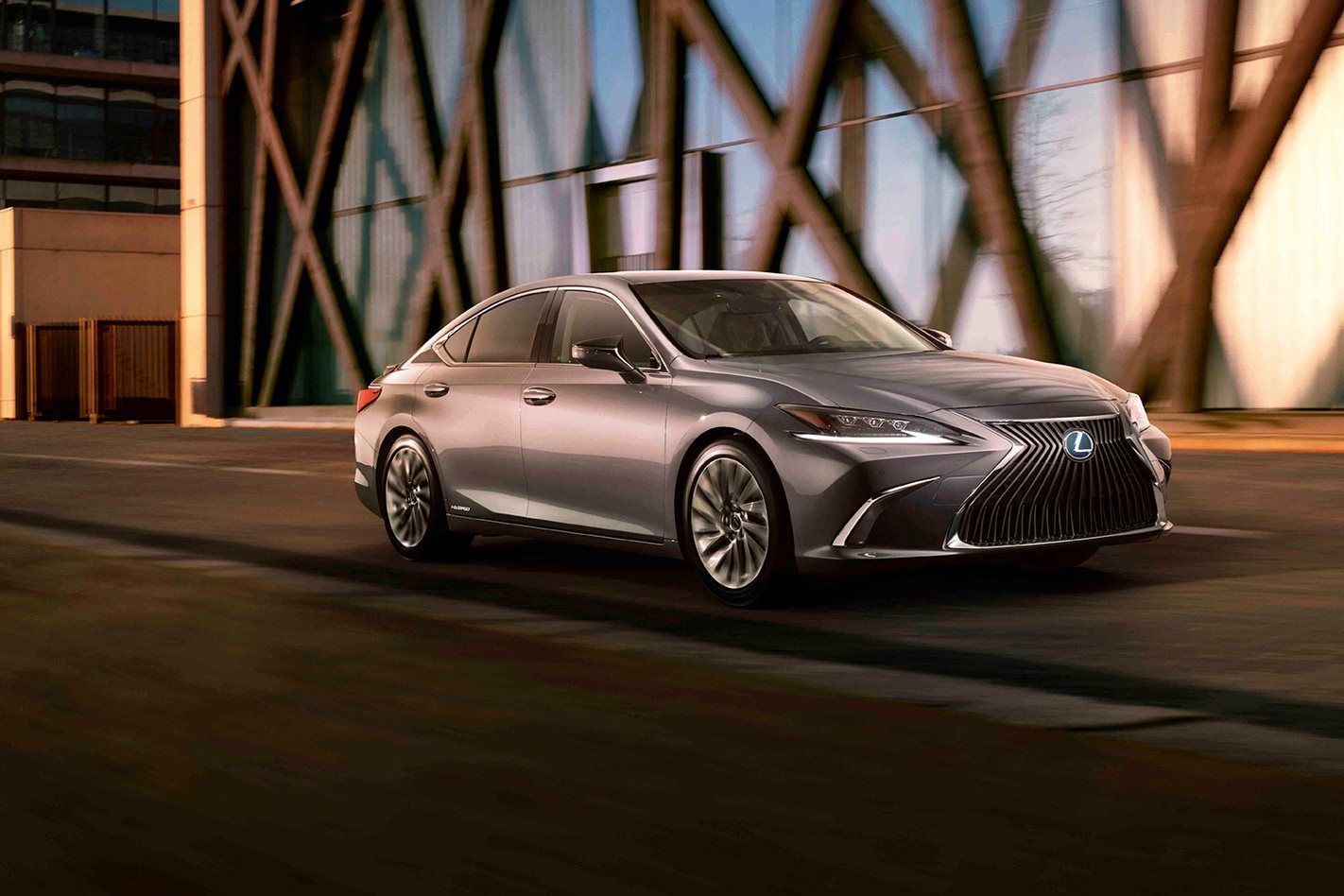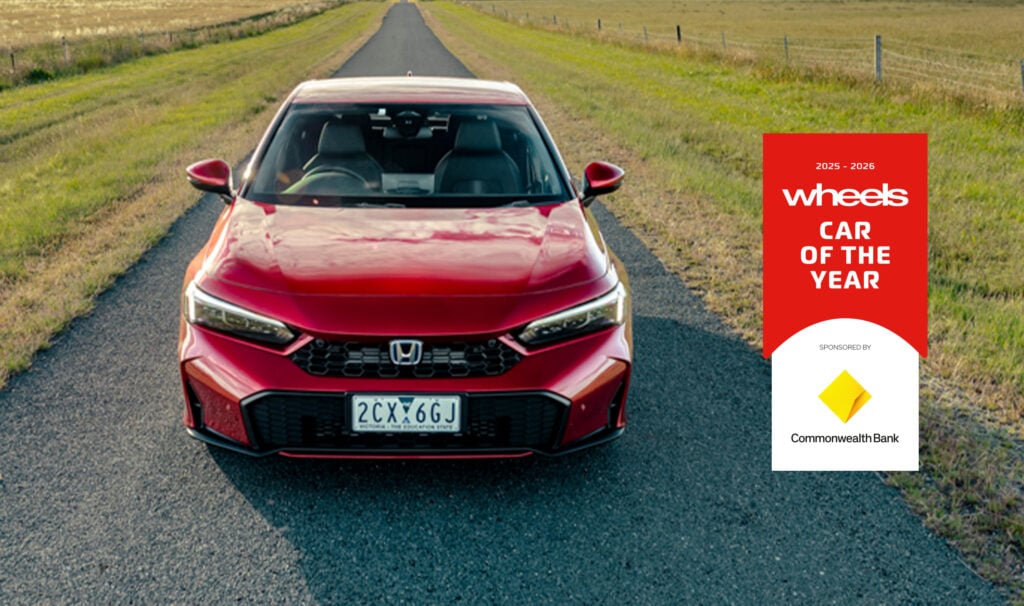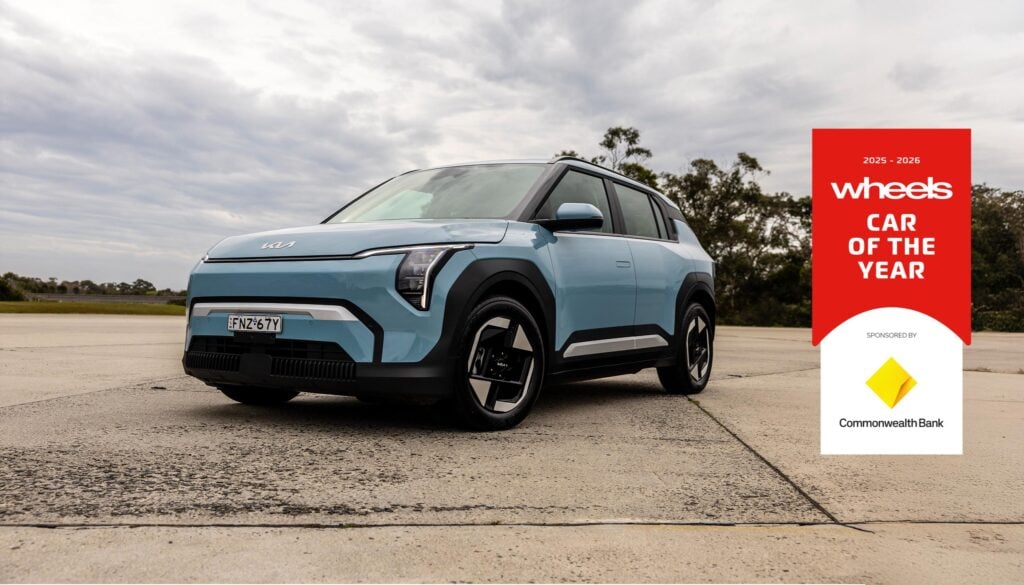THE latest-generation Lexus ES midsize luxury sedan will offer only a hybrid drivetrain when it appears in Australia late this year.
The seventh generation of Lexus’ rival to the Audi A6, BMW 5 Series, Infiniti Q50, Mercedes-Benz E-Class and Jaguar XF has dumped the 3.5-litre V6 option from the generation it will replace to only offer the 2.5-litre petrol-electric drivetrain-equipped ES 300h.
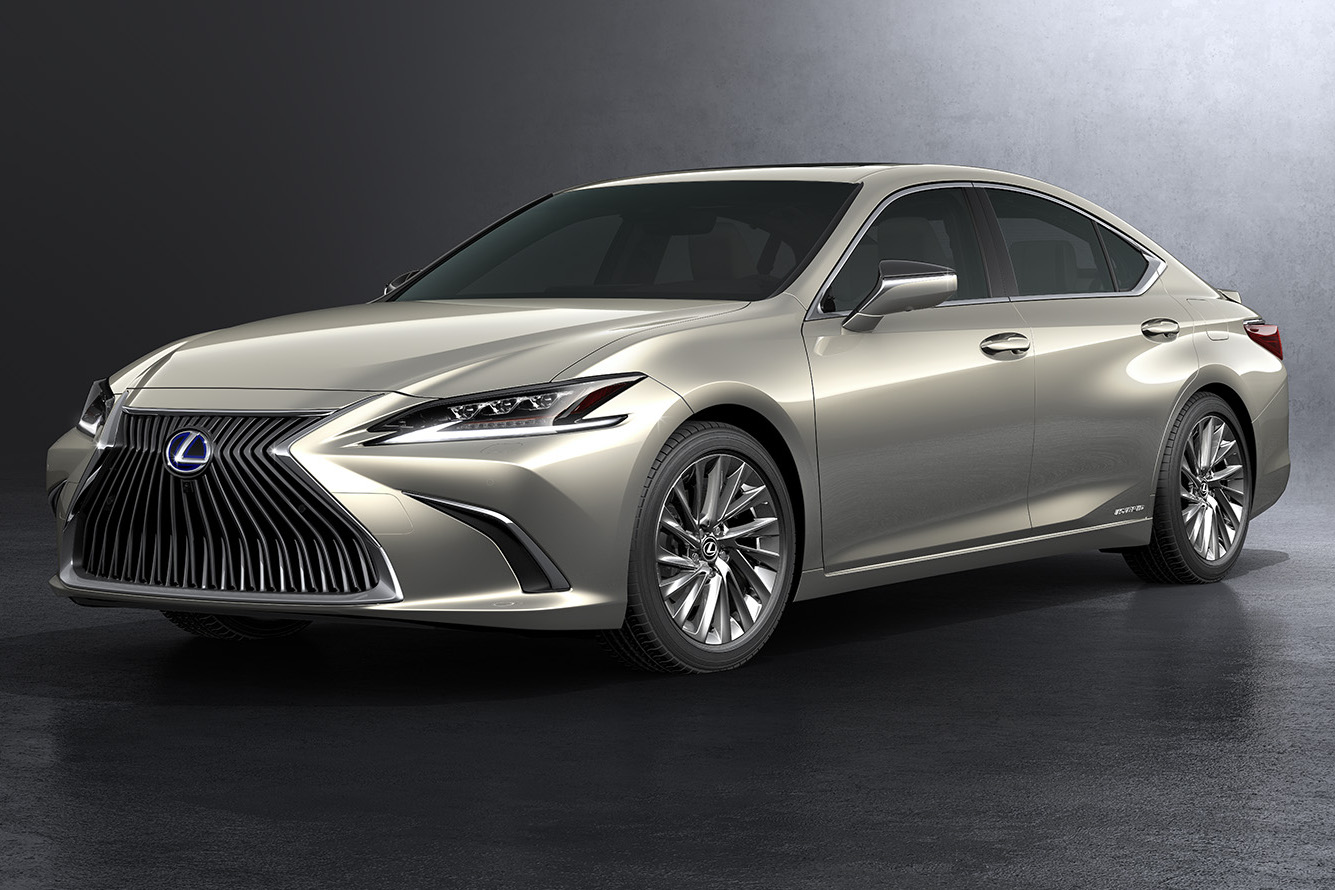
The front-drive chassis uses more high-strength steel to reduce weight, while the redesigned multilink rear suspension, rack-mounted power steering and a body-stiffening V-brace behind the rear seat all point to enhanced dynamics. The centre of gravity drops, too, via a lower bonnet adding to both the ES’s low and wide profile.
Lexus Australia chief executive Scott Thompson said offering a hybrid as the sole powertrain aligned with the brand’s aim to “recast the traditional image of the ES into one that is new and unexpected”. “In Australia, hybrid accounts for 30 percent of Lexus sales, so offering the latest generation ES solely with an advanced self-charging hybrid system represents another significant milestone towards greater electrification of our line-up,” Thompson said.
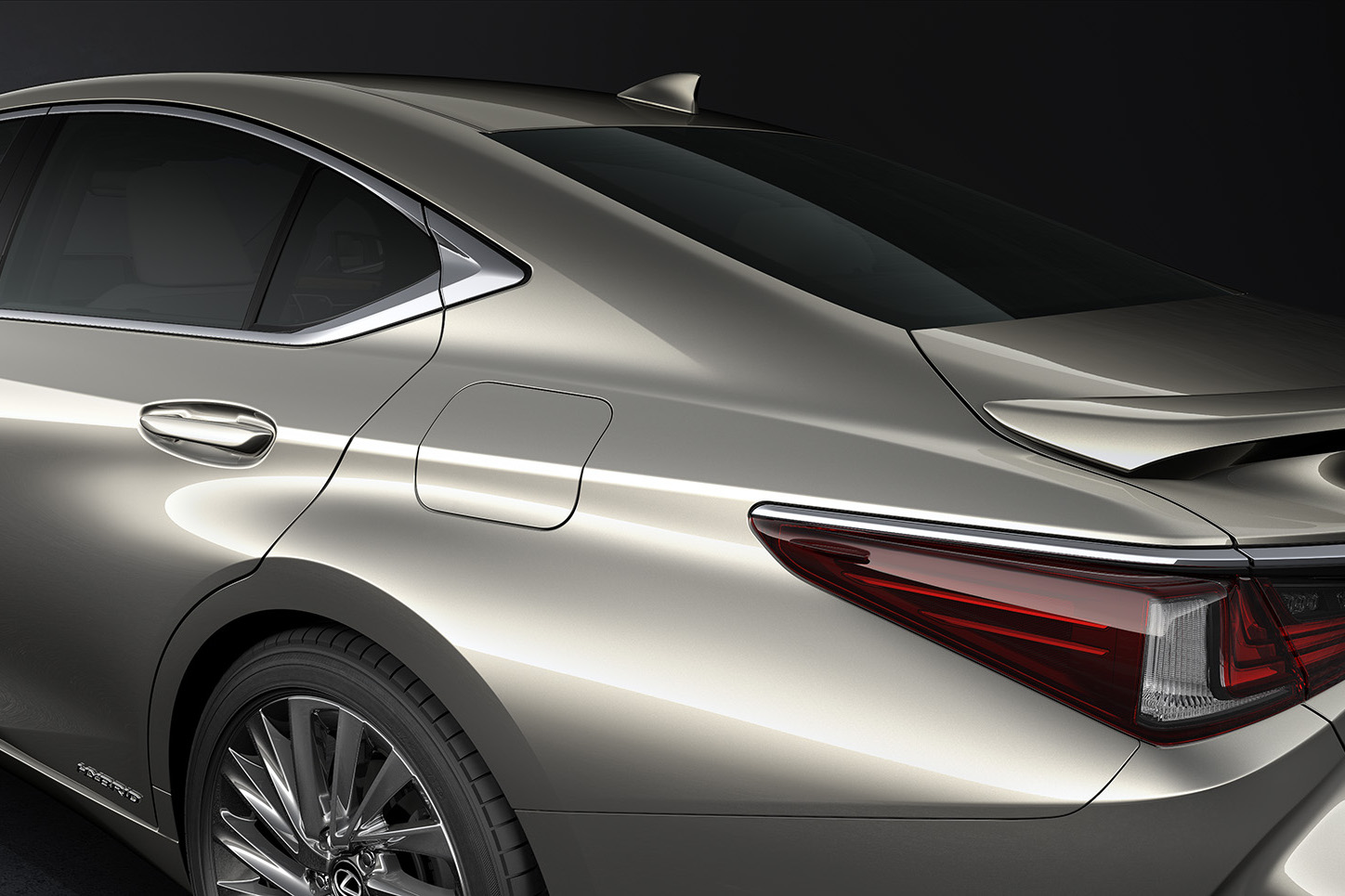
The new-generation hybrid ES still doesn’t have a power plug allowing owners to fully charge the on-board battery, and the battery technology used is the more bulky and heavier nickel-hydrogen one that can’t store as much energy as a more expensive, lighter and smaller lithium-ion one, but can carry more charge cycles. That said, the “new” old-school battery is smaller than the one used in the old ES hybrid, and is now contained underneath the rear seat instead of robbing the boot of space.
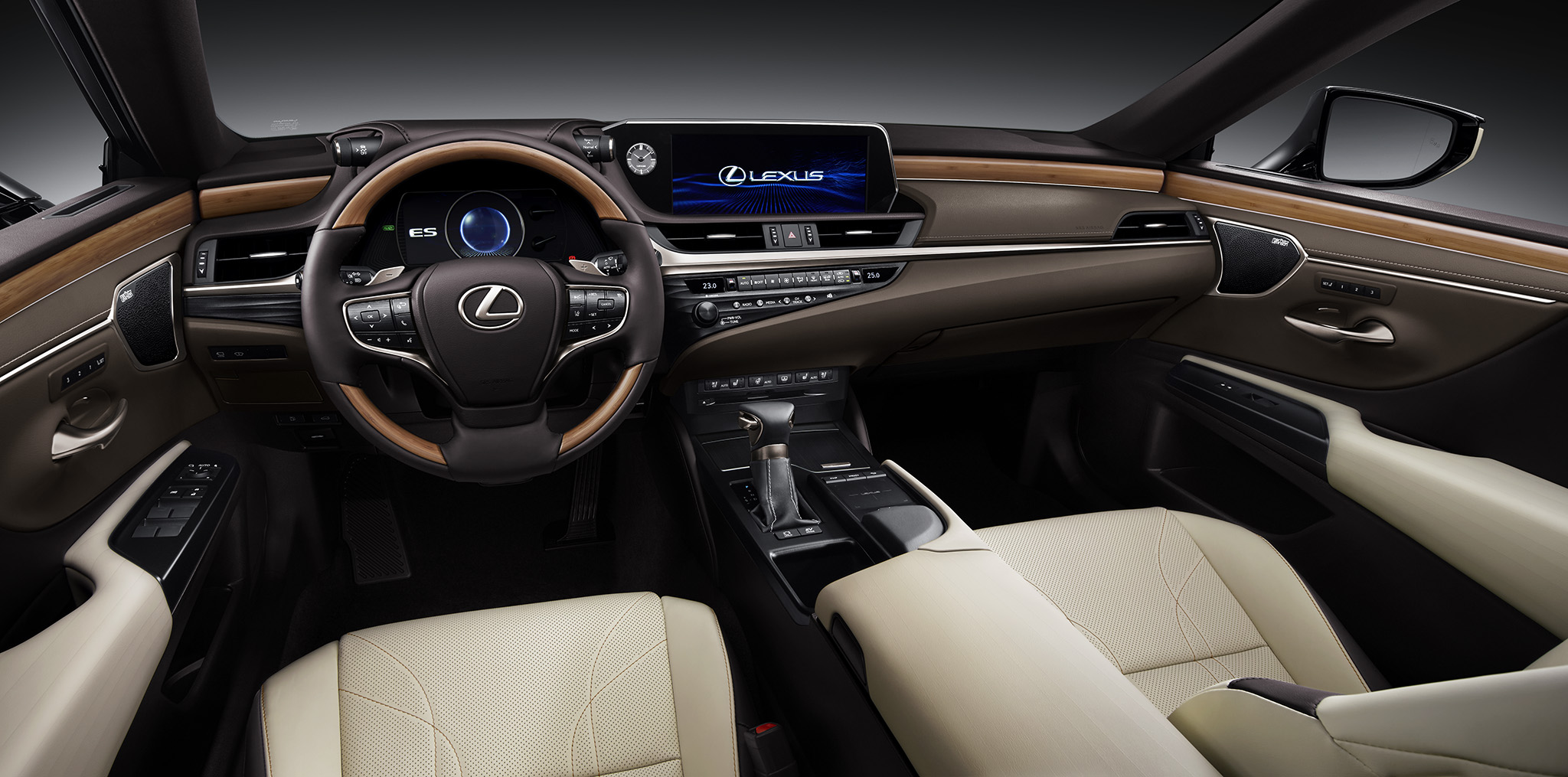
Inside, the ES will feature soft-touch surfaces, some of which will look hand-crafted, while changes made to the steering wheel angle and pedal brake angle and location help with a more natural driving position, Lexus says. Rear-seat passengers benefit from more legroom than before, with a lower hip point helps to yield headroom.
The ES300h will be offered in Australia in both Luxury and Sports Luxury grades. Pricing and local specifications will be revealed closer to the new Lexus’s launch.

